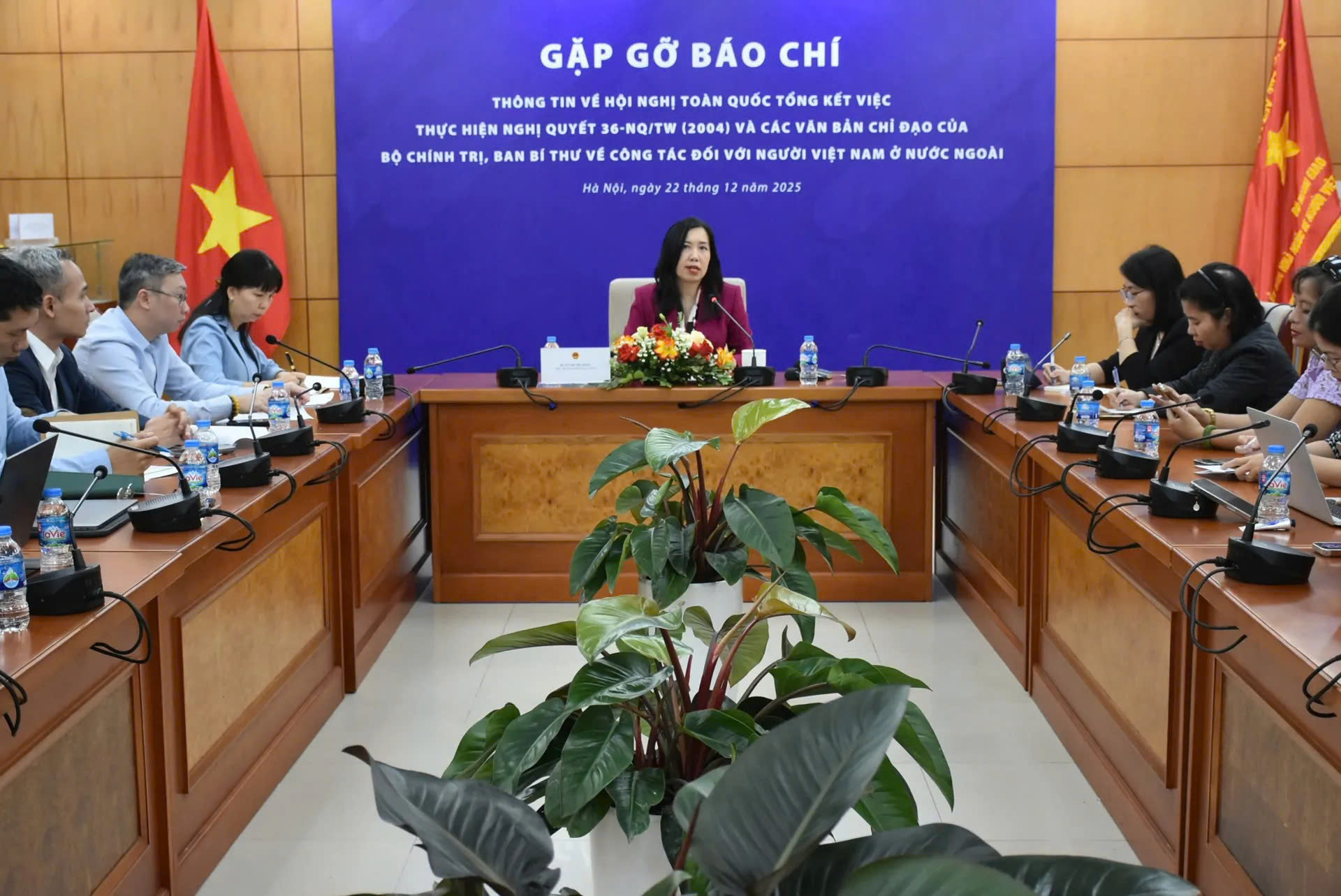
Vietnam to review over 20 years of Resolution 36 on overseas Vietnamese
19:05 | 23/03/2025 16:32 | 23/12/2025News and Events
Awakening the potential of highland crafts
With nearly 14 million ethnic minority people living in mountainous and remote areas, Vietnam boasts one of the richest ecosystems of traditional crafts in Southeast Asia. Brocade weaving, bamboo and rattan knitting, wood carving, and pottery are not merely survival skills, but also living expressions of community memory, cultural identity, folk knowledge, and intergenerational creativity.
Many villages, once known as “craft hamlets,” have existed for hundreds of years. In these places, every handmade item carries its own soul, shaped by the rhythmic sounds of looms, indigo dye, and symbolic brocade patterns. However, being deeply tied to tradition also meant that for a long time, these products remained confined to local markets, with limited access to broader consumer networks.
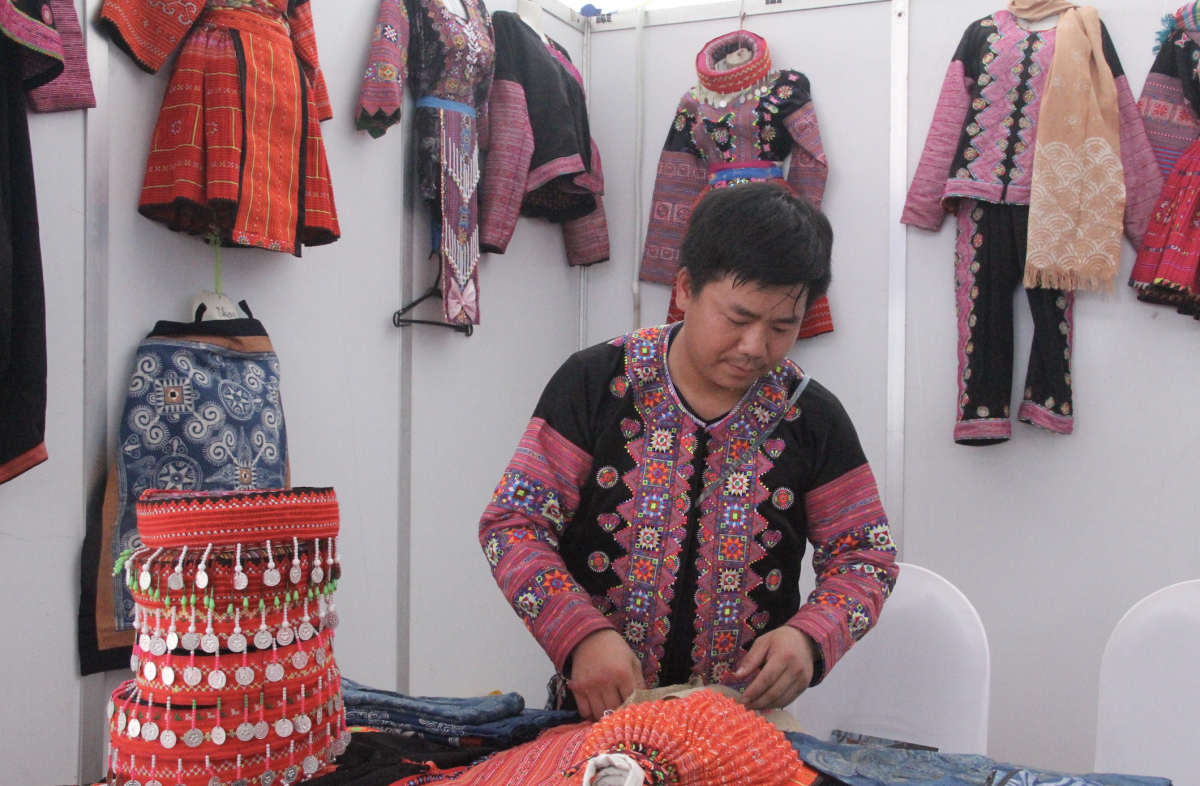 |
| Hoang A Pao, a representative of Danhar Cooperative. Photo: Ngoc Hoa |
Danhar, Chieng Chau, Ta Phin… were once little-known names on the tourism map, places associated with remote mountains, deep streams, and the quiet rhythm of distant village life. Today, these locations are gradually emerging as new symbols of refinement in every brocade thread, of sustainability in each handcrafted product, and of cultural identity distilled from generations of communal living.
In recent years, through trade promotion programs, OCOP (One Commune One Product) support policies, and especially regional trade fairs, ethnic crafts have gradually reached beyond village boundaries. Each fabric piece, basket, or handbag now carries with it not only the value of a product, but also a story of nature, of people, of customs, and of the spiritual life in the highlands.
Participation in trade fairs allows cooperatives, artisans, and craftspeople to engage directly with new customers, learn about consumer preferences, and gradually master skills in marketing, product presentation, and price negotiation. This has helped unlock the vast but long-overlooked potential of highland crafts, awakening it in a lively, sustainable, and resilient manner.
From vibrant brocade scarves and handwoven rattan backpacks to necklaces made of wild forest seeds, items once viewed as everyday objects or rustic gifts are now emerging as branded goods with export potential, appearing in souvenir shops, tourism showrooms, and on e-commerce platforms.
This transformation is no coincidence. It is the result of a long journey, in which trade fairs serve as important points, where highland handicrafts make their market debut, meet urban consumers, and begin astarting dialogue between tradition and modernity.
According to the Vietnam Trade Promotion Agency, in 2024, nearly 600 handicraft products from northern mountainous provinces were showcased at major trade fairs in Hanoi, Da Nang, and Ho Chi Minh City. Many of these products secured long-term orders or established connections with new distributors.
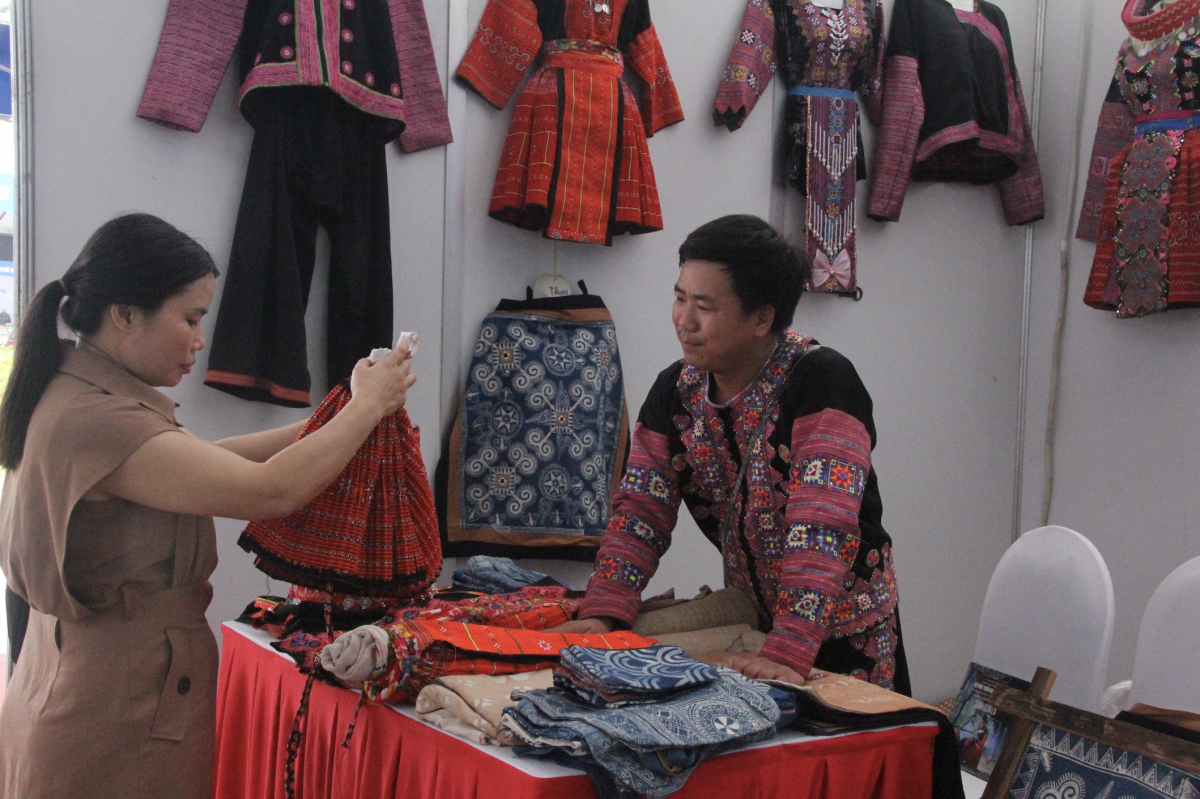 |
| Danhar Cooperative, one of the few in a remote part of Lam Dong Province, has successfully preserved and professionalized the traditional flax weaving craft of the Hmong ethnic group. Photo: Ngoc Hoa |
Craft village aspirations take shape
Danhar Cooperative, one of the few in a remote part of Lam Dong Province, has successfully preserved and professionalized the traditional flax weaving craft of the Hmong ethnic group. Not only does the cooperative safeguard a cultural heritage, but it is also gradually turning brocade into a high-value economic, cultural, and tourism product.
Speaking with Vietnam Economic News, Hoang A Pao, a representative of Danhar Cooperative, said: “Initially, we had only a few looms inside our stilt houses, and our products were mainly for local use or sold along the roadside. But after being supported to participate in an OCOP fair in Da Lat, we understood what the ‘market’ really meant. The fair showed us how to improve, adding linings, refining designs, and crafting a story to tell customers. From there, orders started coming in.”
Today, Danhar Cooperative has more than 30 women involved in production, with nearly 20 products recognized at the provincial OCOP level. Its products are now included in the gift collections of several major hotels in Lam Dong Province and Ho Chi Minh City, and the cooperative is currently piloting exports to Japan through small orders.
Hoang A Pao emphasized: “Our biggest challenge now is not technique, but maintaining motivation. If we return from a fair without any orders or follow-up interest, people easily lose heart. We need a long-term support ecosystem, not only trade fairs, but also training, purchasing commitments, and e-commerce connections.”
Danhar Cooperative’s experience reflects the shared journey of many highland cooperatives. From Ta Phin (Lao Cai) to Ban Ngo (Ha Giang), Dien Bien, and Dak Nong, many localities are piloting “digital OCOP booths,” showcasing products on e-commerce platforms, livestreaming, applying QR codes, and using media storytelling to promote the cultural narratives behind each product.
Some products have achieved remarkable success. Several cooperatives in Lai Chau, Ha Giang, and Kon Tum have built stable customer bases through social media and regular trade fair participation. Brocade items are no longer just souvenirs but are also featured in fashion collections and showcased at national and international cultural events.
The fusion of traditional values and contemporary creativity is giving highland handicrafts a new face, not only as merchandise but also as cultural ambassadors.
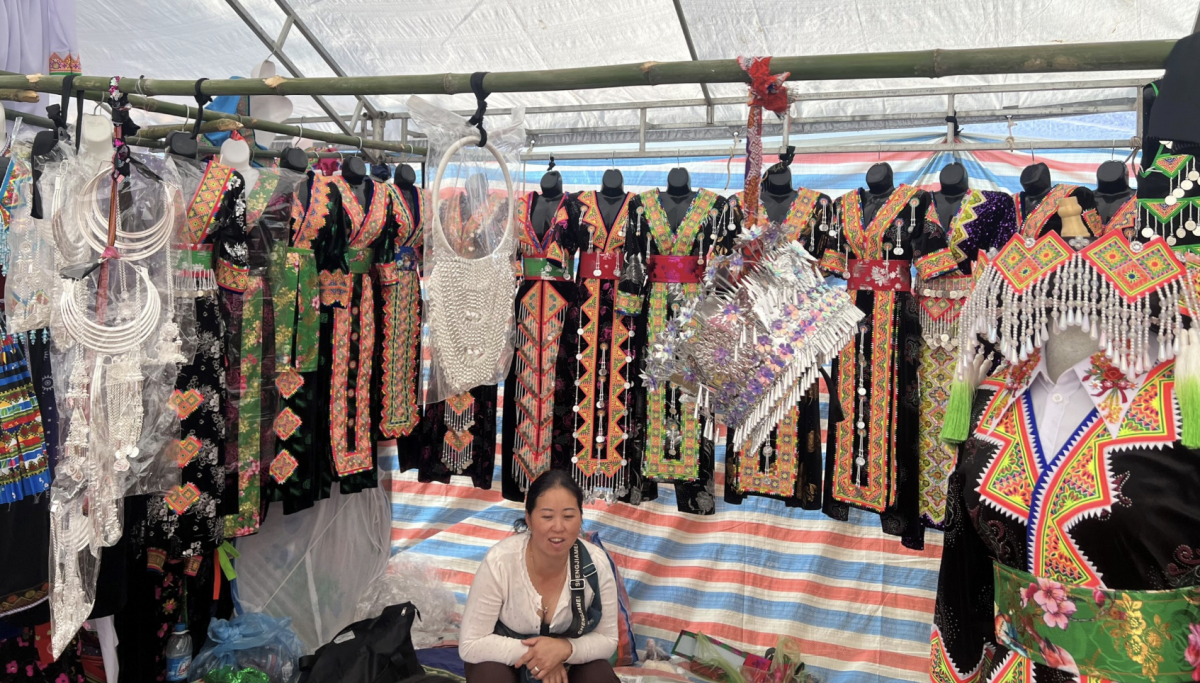 |
| Danhar, Chieng Chau, Ta Phin…were once little-known names on the tourism map, places associated with remote mountains, deep streams, and the quiet rhythm of distant village life. Photo: Tram Ngoc |
Trade fairs as launchpads, policy as long-term support
Trade fairs today are evolving beyond mere commercial events. They are becoming modern promotion platforms where highland products, especially handicrafts, are strategically communicated, professionally marketed, and gradually integrated into global value chains.
When professionally and thoughtfully organized, trade fairs go beyond mere displays of local specialties. They become ‘living stages’ where cultural stories are retold through the skilled hands of artisans.
This reality makes one thing clear: If agricultural products represent the strength of quantity, helping address immediate livelihoods, then handicrafts embody the strength of depth, tied to emotion, symbolic value, and the cultural dimension of a region.
Recognizing the important role of trade fairs in market connection, Bui Quang Hung, Deputy Director General of the Vietnam Trade Promotion Agency under the Ministry of Industry and Trade, affirmed: “The collective economy, with cooperatives at its core, continues to play a vital role in agricultural production. It creates effective links between farmers and enterprises, contributes to the commercial success of key commodities and regional specialties, and supports the development of distinct local value chains. These contributions form the foundation for overcoming existing limitations and generating momentum for sustainable growth.
According to Bui Quang Hung, specialized fairs for OCOP products, highland specialties, and traditional crafts are not only economically significant, but also serve as platforms to assert identity and promote the cultural values of ethnic communities.
“Trade fairs offer an excellent opportunity for cooperatives to introduce their products to a wide range of consumers, businesses, distributors, and investors, both domestic and international. They help expand market reach, foster regional linkages, build sustainable supply chains, enhance product value, and promote exports,” he added.
Looking ahead, under the direction of the Ministry of Industry and Trade, the Vietnam Trade Promotion Agency will continue to support cooperatives and small enterprises, enabling deeper integration into global value chains. This will further elevate signature products, including ethnic handicrafts, and strengthen Vietnam’s position on the global cultural goods map.
Textiles, embroidery, weaving, bamboo and rattan, earthenware, though modest in revenue, offer the most heartfelt greetings from ethnic communities to the market and to visitors from afar. |

19:05 | 23/03/2025 16:32 | 23/12/2025News and Events

19:05 | 23/03/2025 16:30 | 23/12/2025Trade
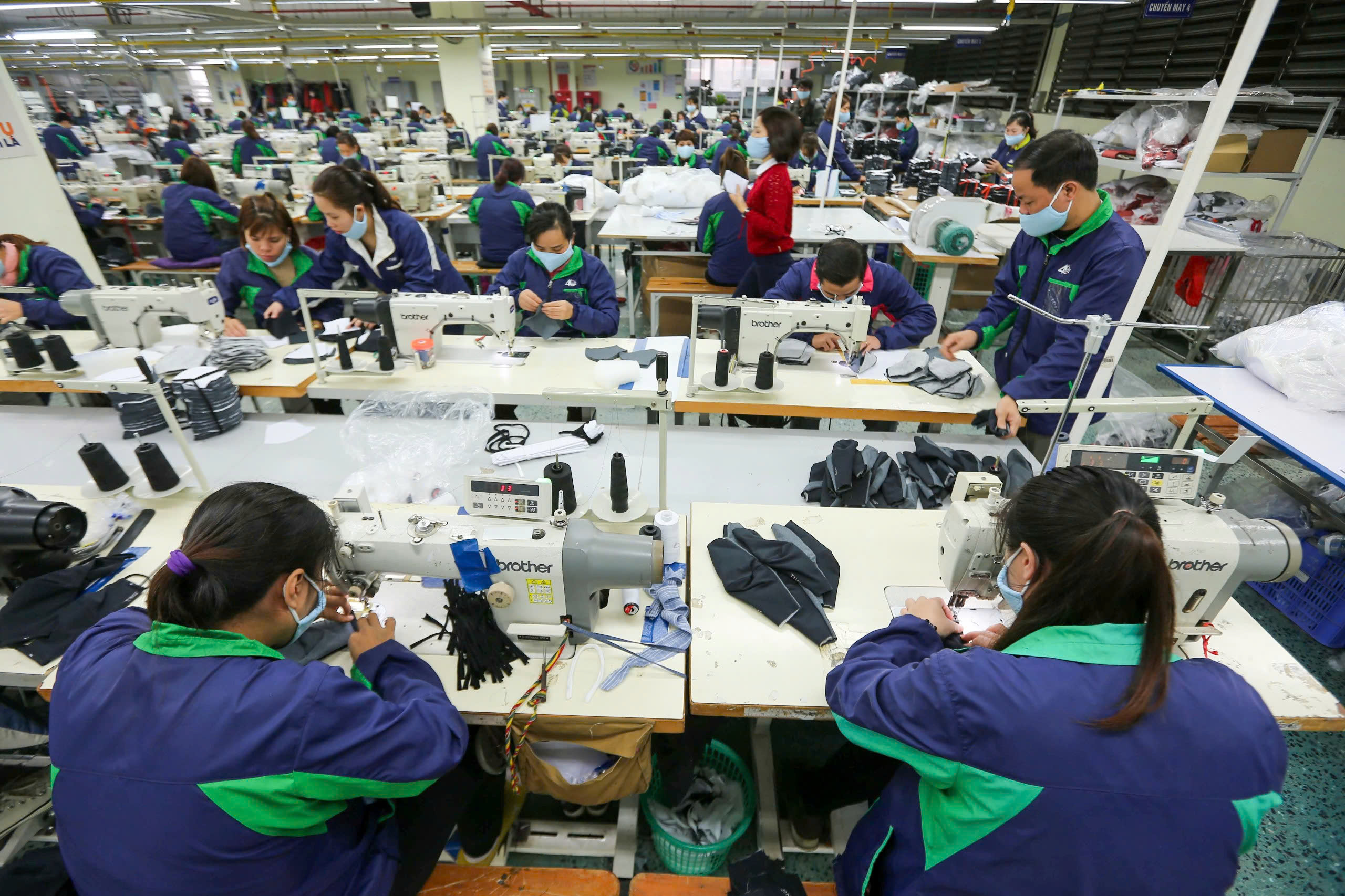
19:05 | 23/03/2025 23:26 | 22/12/2025Industry
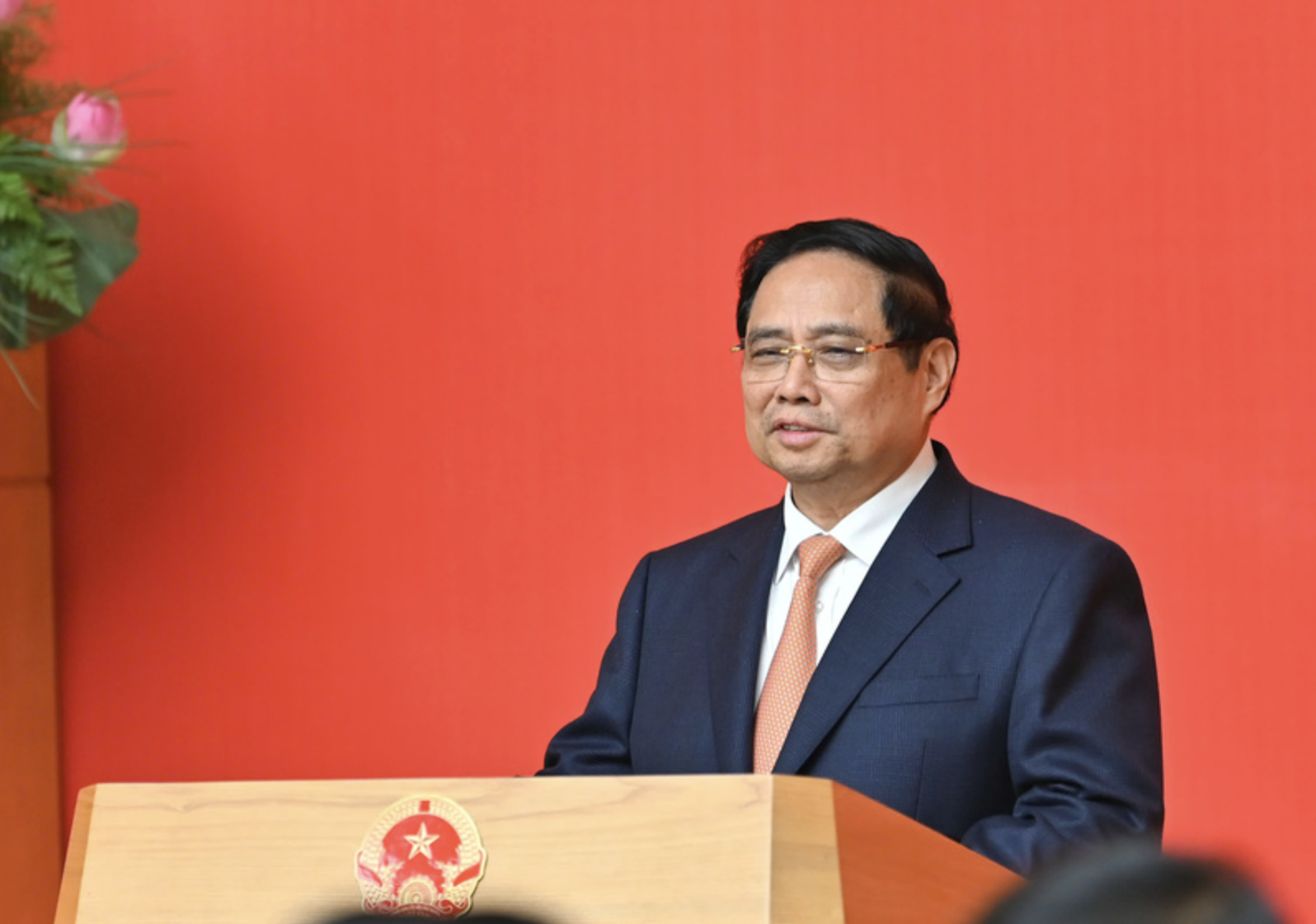
19:05 | 23/03/2025 23:19 | 22/12/2025News and Events
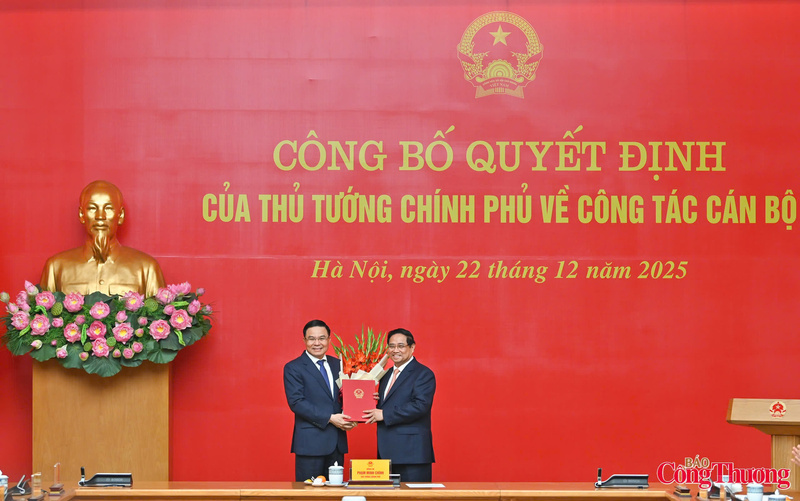
19:05 | 23/03/2025 14:41 | 22/12/2025News and Events